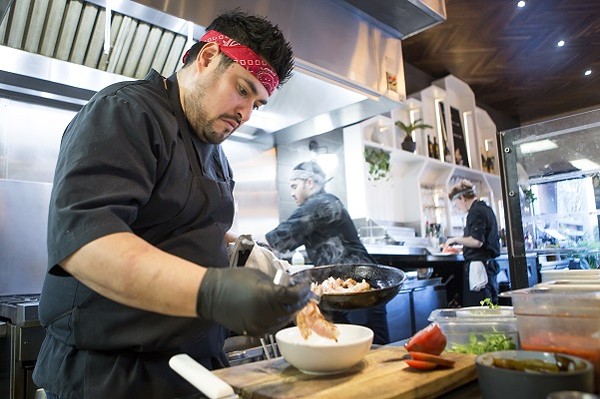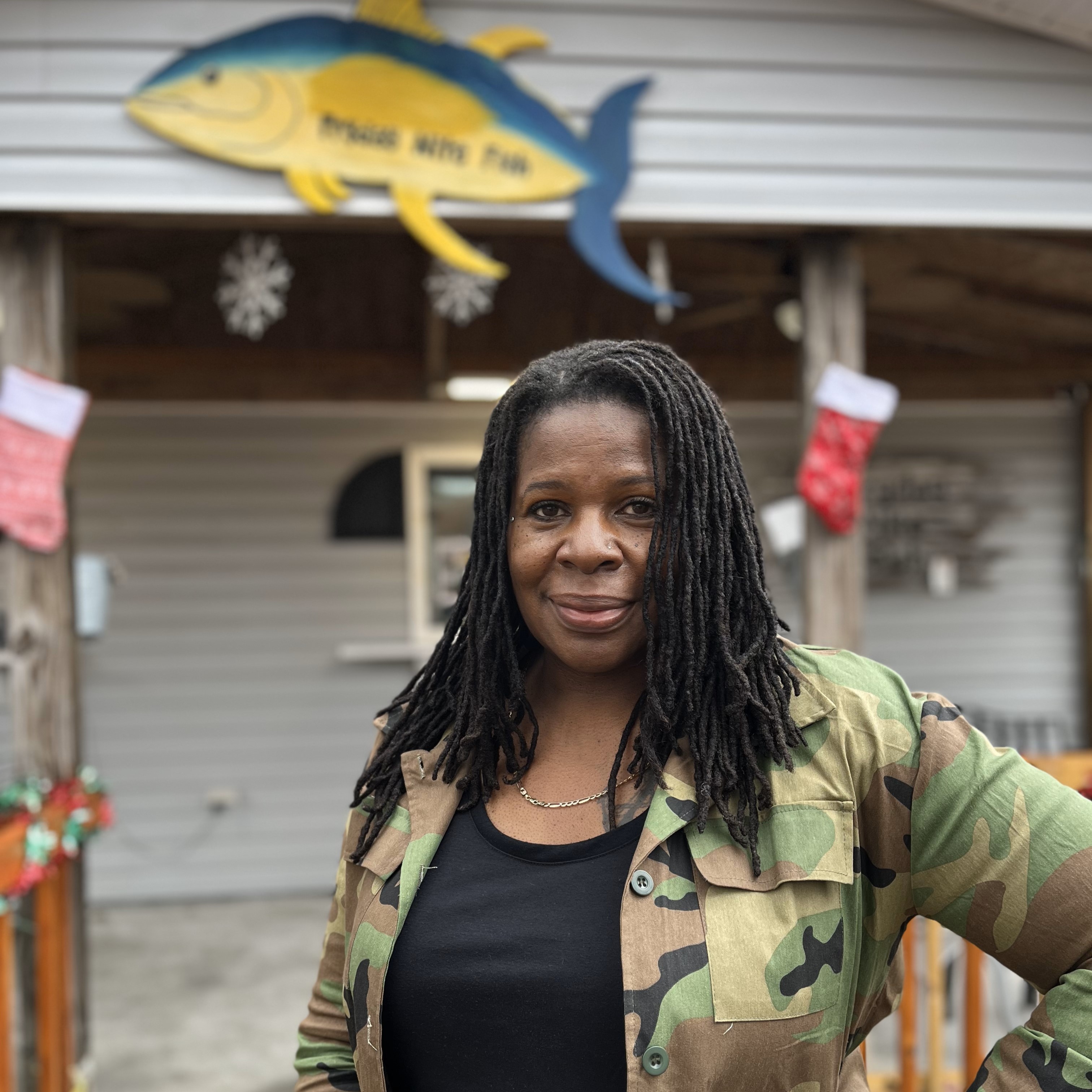Plenty More Fish in the Sea

Chefs are meeting the demands of local fishermen, creating a sustainable trend of fresh seafood menus, plus oysters.
From Indy Week, 11/29/2017, by Emma Laperruque
I was having déjà vu while sitting at a relatively new restaurant in Raleigh, slurping oysters. A couple of months earlier, this was at St. Roch, Sunny Gerhart's debut restaurant. This time, I was at The Cortez (see the full review on page 14).
In Durham, meanwhile, someone is having a similar meal at St. James, a new seafood restaurant from Matt Kelly, the chef-owner behind Mateo, Lucky's, and Mothers & Sons. And this summer, Locals Seafood, a company that sources North Carolina seafood and sells it all over the Triangle, will debut its own oyster bar and fish market in the upcoming food hall, Transfer Co.
It all raises the question: Why now?
I asked Lin Peterson, who started the company in 2010 with his friend, Ryan Speckman. In addition to selling wholesale to chefs, they also sell at farmers markets—Chapel Hill, Western Wake, and State—and supply to stores like Weaver Street Market, Whole Foods, and the Durham Co-op.
Is this just a trend? Are oysters merely the "it" protein of the moment? Trendy, yes, he told me. But it's more than that. While many people recognize the fall-into-winter transition as "oyster season," this only pertains to wild oysters. Most recently they have declined in availability due to everything from coastal development to water quality issues. In turn, supply had to restrategize to meet demand. Enter oyster farmers.
"In North Carolina, farming oysters is a relatively new business. We're way behind Virginia. But now we're really ramping that up," Peterson said. "At Locals, we average about eight to ten varieties of cultivated North Carolina oysters each week. And those are available year-round."





